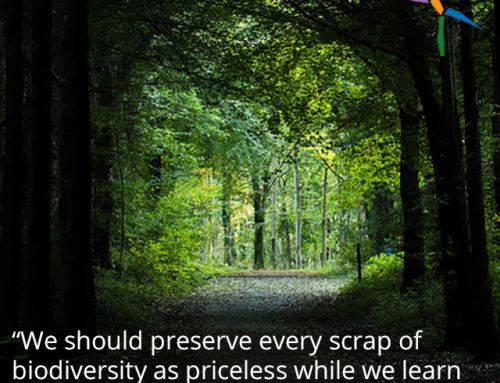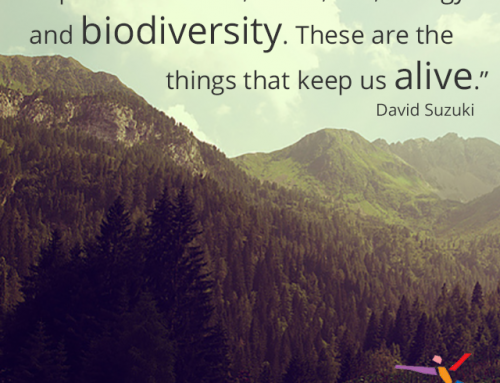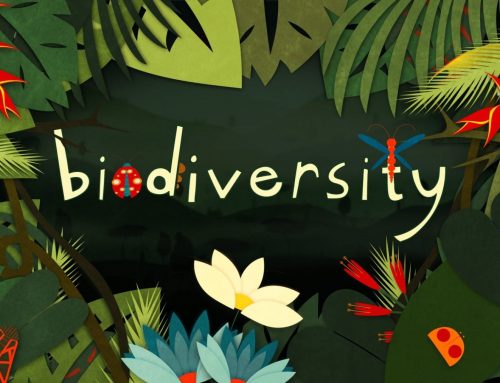There’s a town in Western Pennsylvania, not far from Pittsburgh, where a very innovative mayor has been transforming a dying steel town into a self-sustaining community with tools like community gardens and … biodiesel. We know this because a member of the East Coast Postconsumers team drove through the town recently and passed by the community biodiesel stations. That got said team member thinking, “Why don’t you hear more about biodiesel in the environmental conversation these days? It used to be such a hot topic.” In our April content brainstorming session, we decided to tackle that topic, or at least the outskirts of it.
Firstly, What is Biodiesel?
This is actually one of the easier definitions that we’ll ever provide you with! Biodiesel is a renewable and biodegradable fuel manufactured domestically from vegetable oils, animal fats and recycled restaurant grease. It is a cleaner burning fuel than petroleum-based fuels. So says Google!
What Are the Benefits of Biodiesel?
We may be repeating ourselves here, and if so we’re sorry! But sometimes it’s easier to read bullet points than to absorb a paragraph. So, in case you were wondering what the benefits of using biodiesel are:
- Less Pollution: As we noted above, biodiesel is clean burning. Fossil fuels are, obviously, not!
- Less Waste: Biodiesel is (usually) made from oil and food product that is categorized as waste. Less waste is always a good thing.
- Energy Security: Even the U.S. military knows that relying on fossil fuels means that you may find yourself without fuel at some point. Biodiesel doesn’t rely on the reserves of a dying (and polluting) resource.
- Engine Operation: We’re not car people, so we’re just going to link you to this article that explains why biodiesel may likely be better for your engine.
It’s a lot of benefits, yes? Yes! Which then leads to the question …
So Why Aren’t People Using Biodiesel?
There are actually a number of answers to this, some more technical than others. We’re going to start with … corn.
Corn is the biosource that’s currently used the most for creating biodiesel, and that presents several problems. First of all, the yield on corn biodiesel is 125%. This means that for every 100 gallons of fuel that is used to grow corn, 25% gallons of fuel is created. That’s not a great ratio and makes profits a little slim too. Also, corn is a food source. Using it for fuel takes away from other profit avenues. There is a great solution to this, which is to use a plant called switchgrass to create biofuel. Switchgrass can create 540 gallons of fuel for every 100 gallons used to farm and is much easier to farm. And we believe that someday in the future there will be many profitable farms growing switchgrass for biofuel. But change takes time. In this case, a long time. We know this was a more complicated reason, and you can learn more about it in detail here.
Corn as a source isn’t the only reason biodiesel hasn’t been widely embraced though. There’s still a significant carbon footprint associated with biodiesel because the machines that make the biodiesel run on, you guessed it, fossil fuels. Also, there’s a lack of knowledge and a lack of availability. We’d go so far as to say that in the area of clean fuel alternatives, biodiesel is the slow lagger far behind.
But There Is Hope! And Here’s Proof!
Necessity will be the mother of all change – not just invention. We truly believe that. Despite the current political trend, fossil fuels are simply on the decline globally both in quantity and in use. This story, the one we referenced at the beginning of this article, proves that biodiesel can become mainstream – or at least more accessible. The question is, who will be the movers with inspirations who make it happen? Will it be you?
Did we miss a quick fact about biodiesel and its role in the green revolution? Tell us about it on the social media channels below.
Facebook | Twitter | Instagram | Tumblr | Pinterest | Google+ | Medium
Photo Credit: United Soybean Board via Flickr





